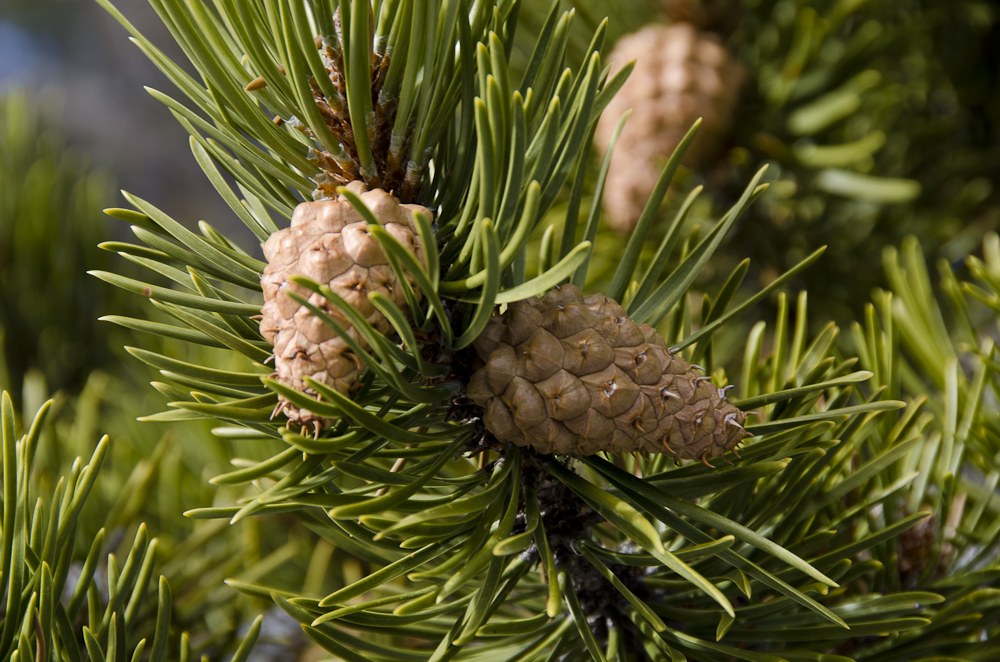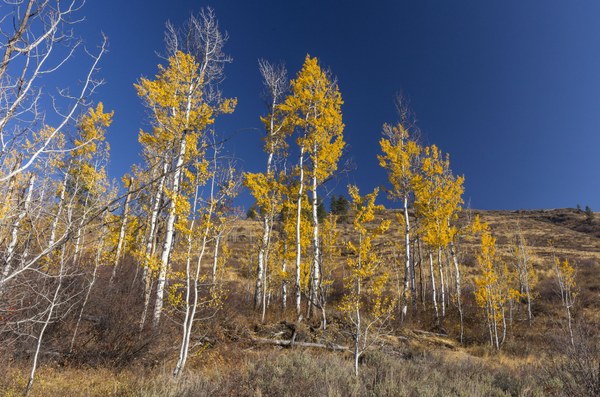
Wildfires. It seems that every summer, they’re in the news. Whole towns have burned to the ground in recent years. Thick smoke blanketed the entire west coast in the summer of 2020, forcing us to stay indoors. Anticipating and preparing for fire season has become the norm in some areas of the world, but what if I told you that our forests have been preparing for imminent fires far longer than we have?
Fires are actually part of the life cycle of healthy forests, and some trees need them to reproduce. Read on to discover which plants are specially designed to survive (and even thrive) after a fire, and how our forests change after a blaze dies down.
Serotinous cones
Many trees such as lodgepole pines have serotinous, or resincovered cones. These cones carry seeds that the tree uses to reproduce, but they stay sealed within the cones until a fire sweeps through. When exposed to heat, the resin melts, unlocking the seeds so that even if the tree burns up and dies, the seeds can start the cycle of life all over again. Some serotinous cones can sit on a tree branch for decades, receiving nutrients from the tree while waiting. Once the cone is open, the seeds fall to the ground and are dispersed by wind and birds.
Bark and branch adaptations
Douglas firs and ponderosa pines are two examples of fire-adapted tree species that have thicker, fire-resistant bark. This protects the vascular cambium, or living tissues within the tree that carry nutrients and water. Some trees also shed their lower branches, eliminating the potential for a low brush fire to climb its way up the tree.
 Quaking aspens. Photo by Tim Nair.
Quaking aspens. Photo by Tim Nair.
Post-fire resprouting
Quaking aspens are famous not only for their beautiful yellow color in the fall and fluttering leaves, but also for being one of the tree species that quickly regenerates in fire-scarred forests. Quaking aspens and other tree species have extensive root systems or underground stems with stored nutrients and dormant buds that can quickly sprout, even if the entire above ground tree system was wiped out.
Fire-activated seed germination
Some trees have seeds with a hard, protective coating that prevents the seed from germinating. Even if the seed is dispersed, it contains chemicals that keep it dormant. The only thing that will crack this coating, allowing germination, is a disturbance caused by a fire. Sometimes the heat of the fire causes the disturbance, but smoke or nutrients in the soil following a fire can also crack the coating. Whatever the mechanism, this disturbance allows the chemicals that keep the seed dormant to escape, and germination can begin.
How a forest changes
Other interesting things happen in a forest following a fire. The chemical composition of the soil can change, making way for plants that favor these new conditions. For instance, the lower levels of nitrogen in fire-ravaged soil makes way for the striking lupine. Burned tree canopies also often mean that more light can reach the forest floor following a fire. Plants that may not have been abundant in the area before the fire may take advantage of these new bare soil patches and increased light and can thrive.
When faced with the threat of the fire, these rooted living organisms cannot move out of harm’s way. Luckily, these unique adaptations have helped them to survive and regenerate after fires throughout history, ensuring the continual growth and rebirth of the forest.
This article originally appeared in our Summer 2021 issue of Mountaineer Magazine. To view the original article in magazine form and read more stories from our publication, visit our magazine archive.
 Tiffany Ban
Tiffany Ban